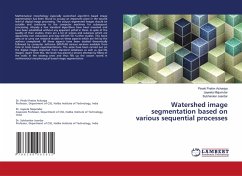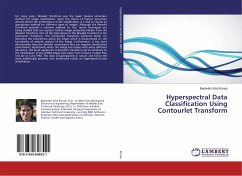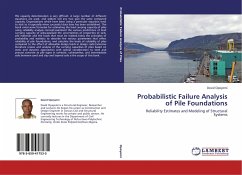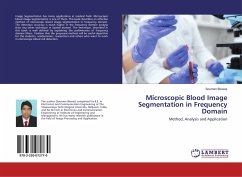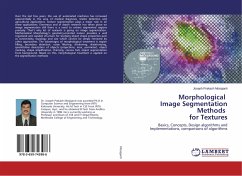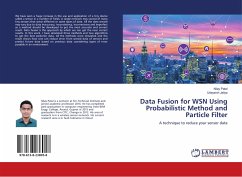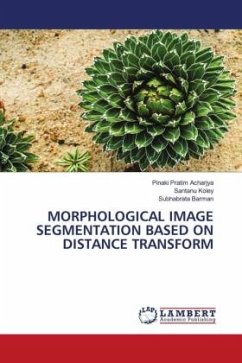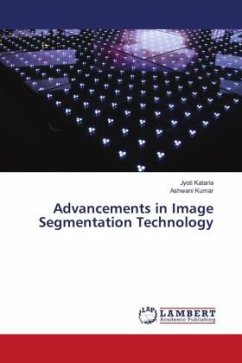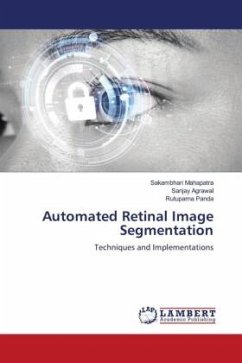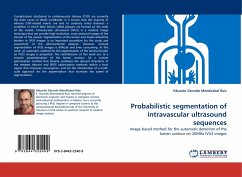
Probabilistic segmentation of intravascular ultrasound sequences
Image-based method for the automatic detection of the lumen contour on 20MHz IVUS images
Versandkostenfrei!
Versandfertig in 6-10 Tagen
32,99 €
inkl. MwSt.

PAYBACK Punkte
16 °P sammeln!
Complications attributed to cardiovascular disease (CVD) are currently the main cause of death worldwide. It is known that the majority of adverse CVD-related events are due to coronary artery diseases: a condition in which fatty lesions called plaques are formed on the walls of the vessels. Intravascular ultrasound (IVUS) is a medical image technique that can provide high resolution, cross-sectional images of the interior of the vessels. Segmentation of the lumen and media-adventitia borders in IVUS images is an important procedure for the study and assessment of the atherosclerotic plaques. ...
Complications attributed to cardiovascular disease (CVD) are currently the main cause of death worldwide. It is known that the majority of adverse CVD-related events are due to coronary artery diseases: a condition in which fatty lesions called plaques are formed on the walls of the vessels. Intravascular ultrasound (IVUS) is a medical image technique that can provide high resolution, cross-sectional images of the interior of the vessels. Segmentation of the lumen and media-adventitia borders in IVUS images is an important procedure for the study and assessment of the atherosclerotic plaques. However, manual segmentation of IVUS images is difficult and time consuming. In this work, an automatic method for the segmentation of the luminal border on IVUS images is presented. The contributions of this work are: (i) a smooth parametrization of the lumen contour, (ii) a custom optimization method that linearly combines the descent directions of the steepest descent and BFGS optimization methods within a trust region that improves convergence, and (iii) the introduction of a multi-scale approach for the segmentation that increases the speed of segmentation.



